Statistics

Project description
HELVETIA is the female allegory of Switzerland, representing the Swiss people’s bravery and unity. Basing ourselves on her, we stand for unity, excellence, and ambition. The HELVETIA team consists of over 50 bachelor and master students in various fields such as Engineering, Natural Sciences, and Business Management, designing and building a sounding rocket in their free time. By iterating on previous projects and developing impeccable documentation, we know that we can win the Spaceport America Cup 2022.
Project Goals
After the successful launch of the first hybrid propellant rocket of ARIS in 2021, team Helvetia is eager to gather all the knowledge from previous projects, analyze for improvements and take the systems to the next level.
- Flying a 4kg payload to 30’000ft: The payload is in the form of a 3U-Cubesat and will be located in the nosecone of the rocket.
- Increasing reliability by iterating on previous projects: The team wants to improve the overall system reliability by iterating on previous systems designs
- Recovering all parts safely: Recovering all parts safely allows for a reuse of the parts and therefore making space explorations more cost effective and sustainable.
- Acquiring data for future teams: Gathering data from various flights helps future teams in the development. Information like vibrations and shockloads have a huge impact on the system design.
Watch us Manufacture our Rocket!
Click on the Link below to see all the footage we took from the long nights and hard work of manufacturing HELVETIA! It was an absolute blast and the team gave it their all. We suggest you start with the highlight Video and then start snooping around in the folders and see what you can find.
Engineering Breakdown

Our rocket can be broken down into individual subsystems.
Here is a short overview of all of them.
Payload (Damping System): HELVETIA’s payload weighs 4kg, and conforms to the CubeSat standard, occupying 3 standard CubeSat units (U). 1U will be used to measure vibrations in the structure. The remaining 2U will be used to implement a damping system and measure vibrations within this damped structure. If successful, this damping system could be implemented in future ARIS missions. a damping system that can be used in future ARIS missions.
Recovery (Two Parachute System): At apogee the Nosecone separates and a drogue parachute deploys, slowing the rocket to 30m/s descent velocity. At 450m AGL the main parachute deploys and slows the rocket down further to a touchdown velocity of 5m/s to prevent damage. The deployment at 450m also prevents the rocket from drifting too far during descent.
Avionics (Flight Computers): In the Avionics section our main flight computer is located. We have a modular stack with PCB slots. The 2 GPS units allow us to locate the rocket after touchdown. The flight computers run the state estimation program, written by the simulations team, which allows us to detect apogee and enables a functional recovery system.
Engine and Tank (Hybrid Rocket Engine): A fully Student Researched and Developed (SRAD) hybrid rocket engine developed by the focus project ASTREA. The engine uses nitrous oxide as the oxidizer, stored at 60Bar in a structural run tank. This oxidizer flows into the combustion chamber where it reacts with the grain to provide 6000N of steady state thrust to HELVETIA.
Structures (Structural Integrity): From the Nosecone down the the boattail every structural element is designed and manufactured by our Structures subteam. This includes all the different fairings, the fins as well as the couplers, holding the rocket together at the section interfaces. This subteam is tasked with FEM analysis during our design phase and then with in-house manufacturing and assembly during the later stages of project HELVETIA.
Ground Station (Mission Control): HELVETIA’S Ground Station consists of senders and recievers that communicate with the rocket via telemetry. Mission critical control signals such as ignition or launch scrap can be sent. It allows for viewing the flight via the onboard livestream cameras as well as reading out flight data live. This is done via telemtry with a downlink of 100kb/s. One of the antennas, seen to the right, is following the rocket automatically and one is manually tracking the rocket, resulting in a redundant system to guarantee the telemetry link to the rocket.

Meet the Team
Check out the latest progress reports of HELVETIA
ALICE: First ARIS Technology Heading to Space
For the first time, – the Swiss Academic Space [...]
Maturaprojekt: Schülerin baut CanSat für ARIS-Rakete NICOLLIER
Die Zusammenarbeit zwischen der Akademischen Raumfahrt Initiative Schweiz (ARIS) [...]
ARIS Celebrates Successful Dual Launch of NICOLLIER Rocket
Innovation Park Zurich, Dübendorf, Switzerland, 06.12.2024 ARIS, the Swiss [...]
PDR
5. November 2021
In the Preliminary Design Review (PDR) intial design concepts and simulations were presented. Valuable feedback allowed us to go into the converging phase of the design process with a head start.Design Freeze
17. December 2021
Through the Critical Design Review we’ve gotten the insights and feedback from industrie experts needed to give our designs de final polish. This then allowed us to acomplish the design freeze in time and get the manufacturing orders out as planned.
In-House Manufacturing
Feburary-April 2022
The new project phase starts of with in-house manufacturing. This entails all that is needed for rocket science: carbon fibre manufacturing, PCB soldering, metal manufacturing to welding and use of adhesives.
Testing Phase
March-May 2022
To ensure safety on Launch we go through a thorough testing campaign. Including but not limited to: Model rocket launches, compression and tensile strength tests, drone flights and helicopter drop tests.
Maiden Launch in CH
May 2022
At the end of our testing campaign waits the first offical rocket launch in Switzerland of a hybrid rocket engine. Through a large Maiden Launch Window from beginning to end of March we ensure a high probability of good Launch conditions on Launch Site in Wichlen for a successfull Maiden Launch of Helvetia I.
SAC Launch
23. June 2022
The big conclusion of Project HELVETIA. With the launch in the dessert of New Mexico with HELVETIA II we conclude this amazing project and strive to win the Spaceport America Cup 2022.

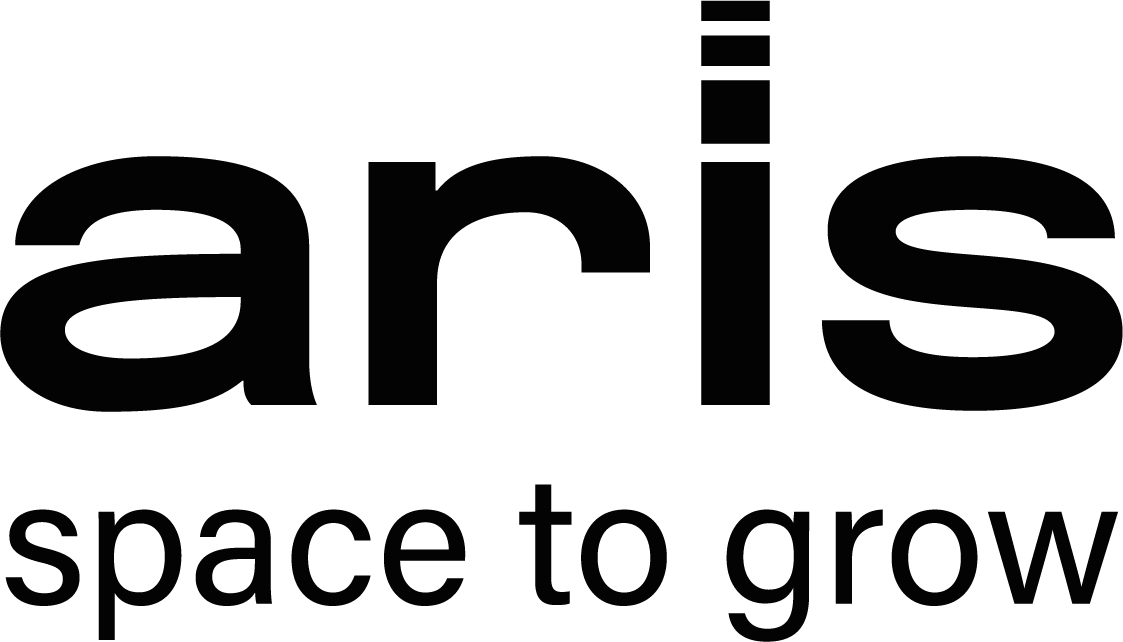



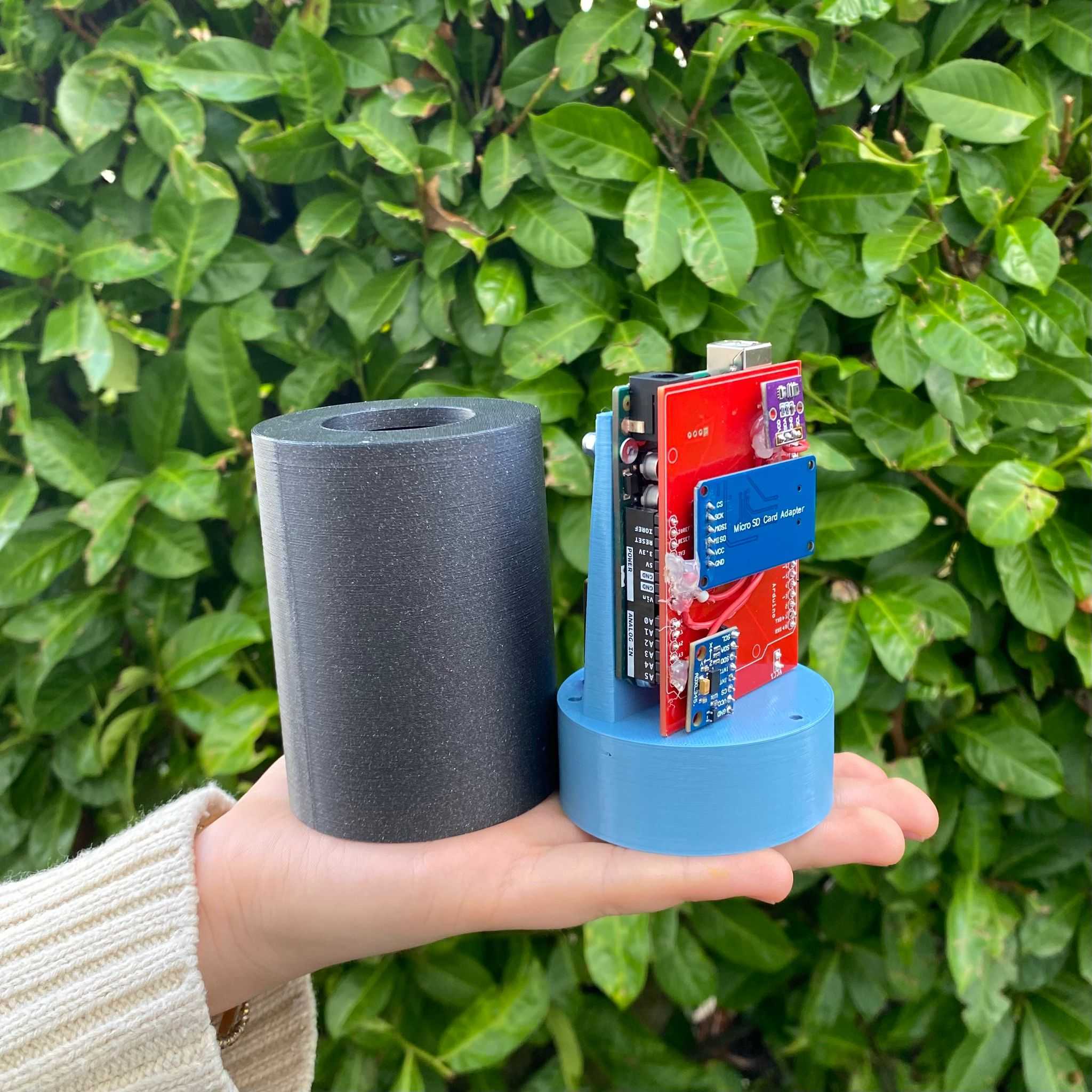
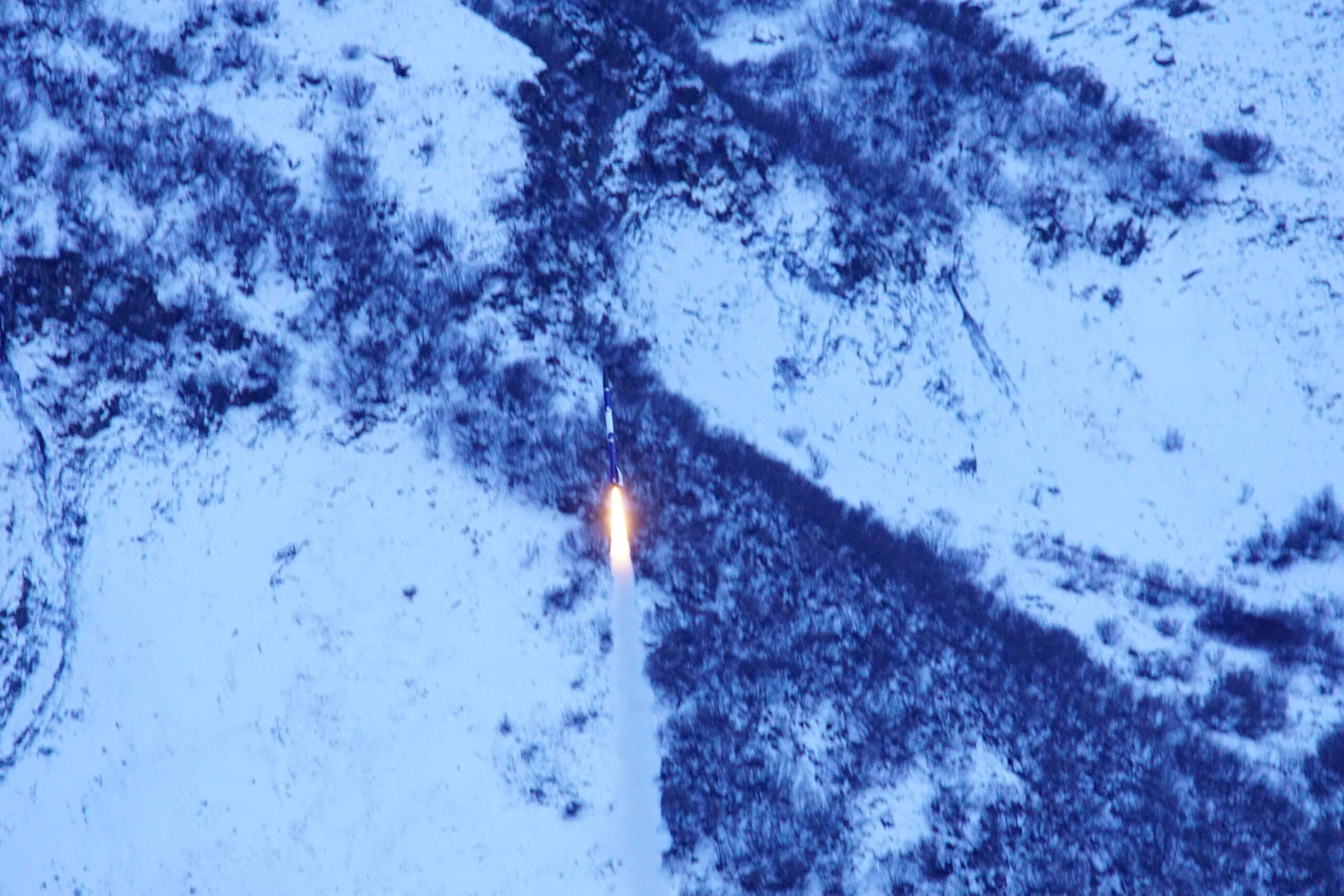





















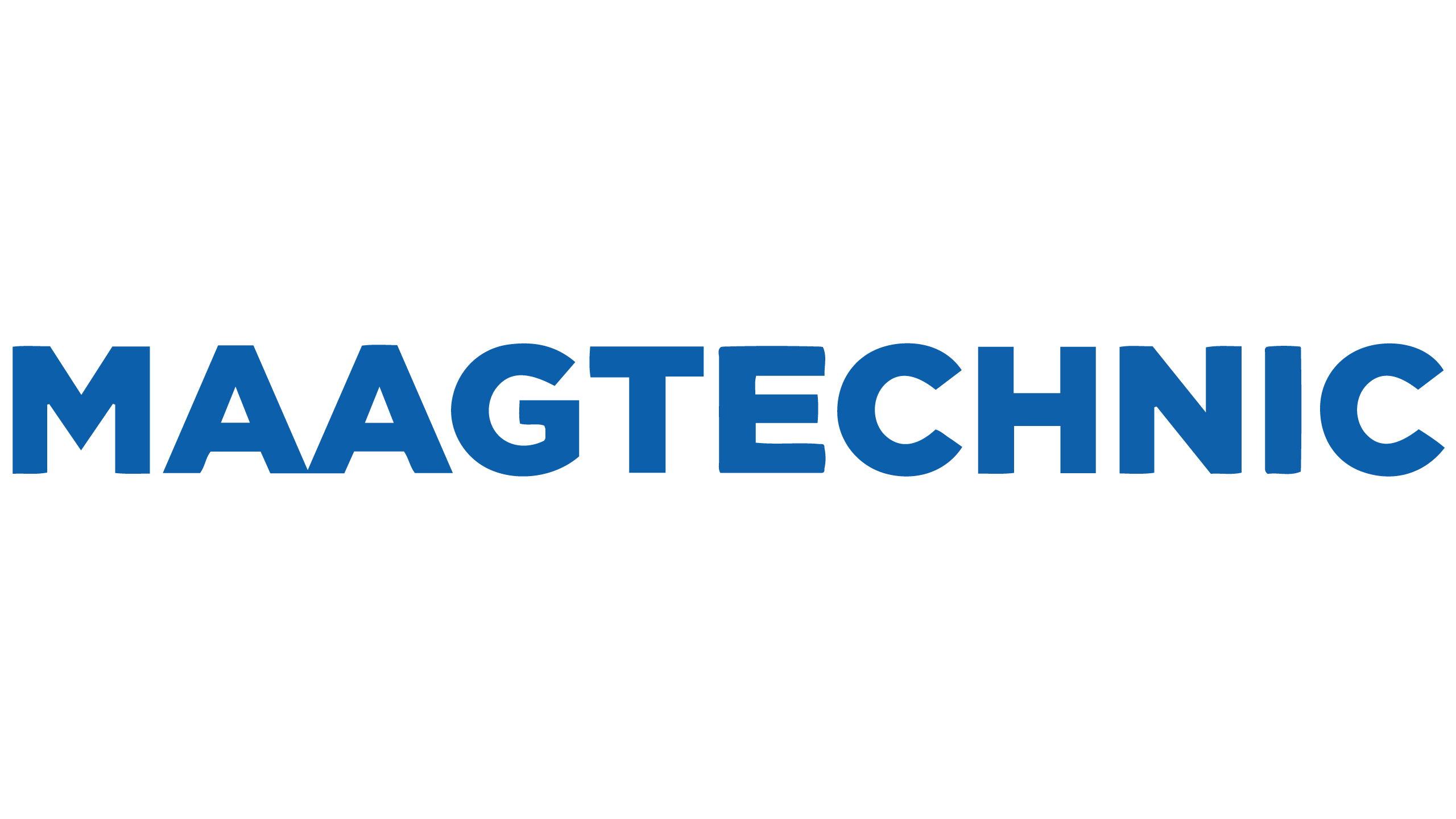



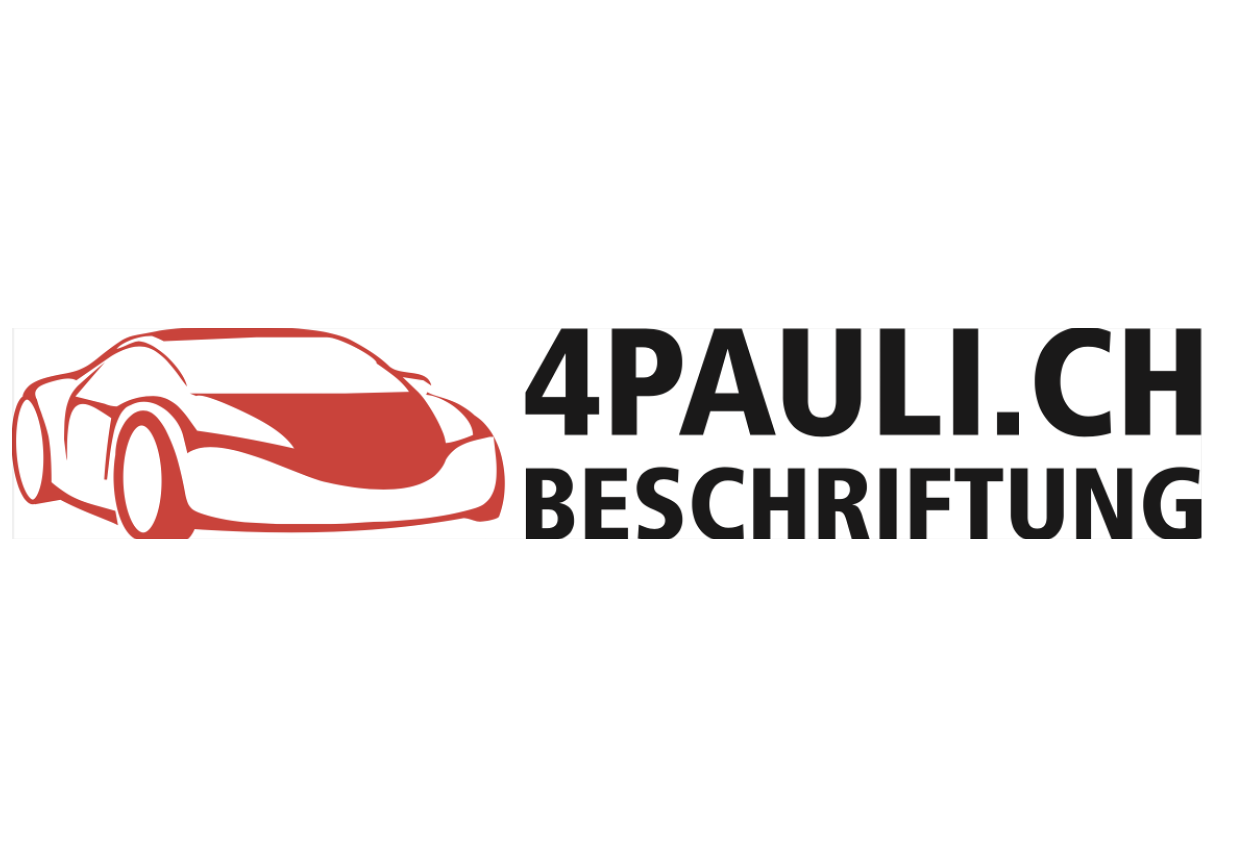




















Social Contact